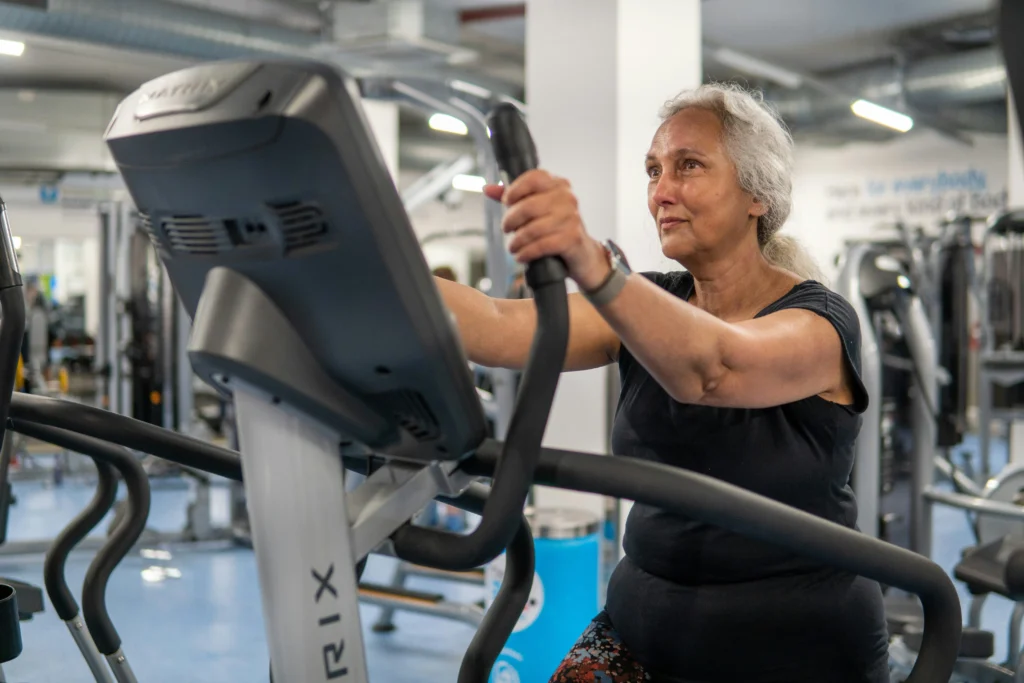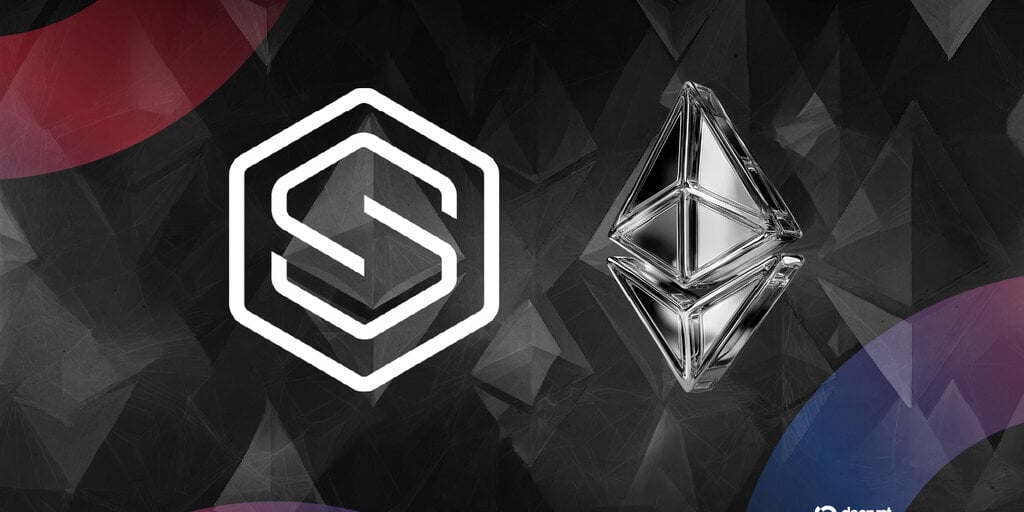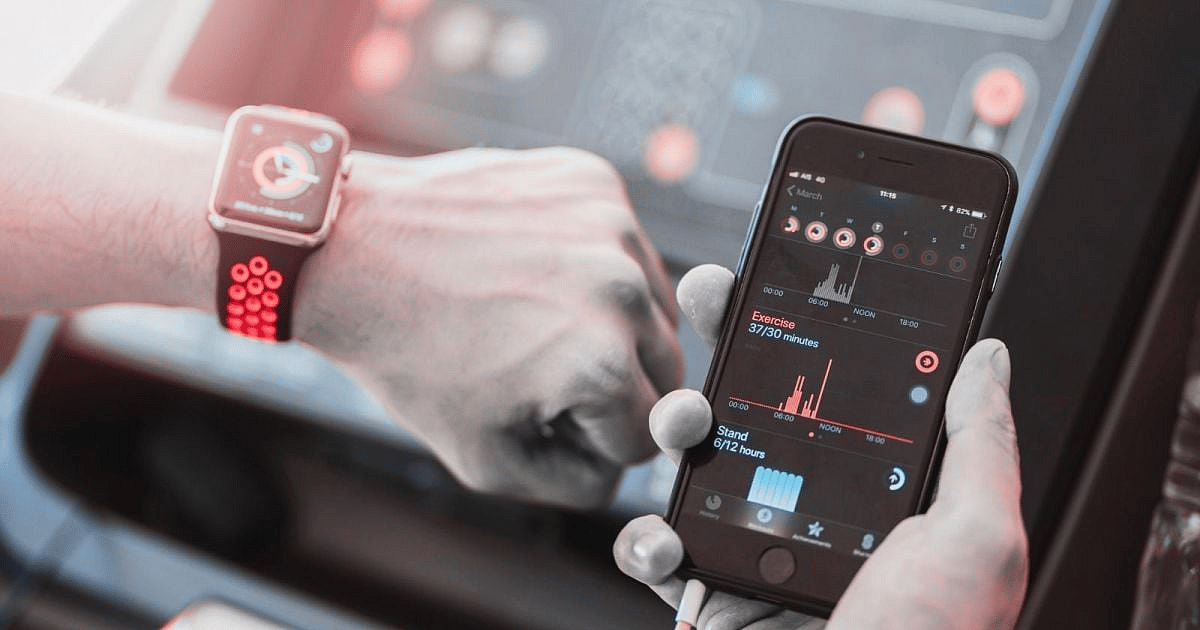ABC Fitness’ latest report reveals a rise in AI adoption led by Gen Z, but trust issues and privacy concerns could stall momentum. Here’s what the fitness tech company uncovered and what it recommends for fitness operators
Something unexpected is happening inside gyms this summer, and it’s not just the spike in foot traffic. Amid the AI frenzy, not everyone’s sold.
ABC Fitness’ new Summer 2025 Wellness Watch Report reveals how consumers are engaging with AI, who’s still skeptical and what fitness operators can do to keep up.
Drawing on data from 40 million members, more than 30,000 gyms, over 500,000 fitness professionals and third-party research from ClubIntel, the report outlines where growth and engagement opportunities are emerging.
Here’s what the fitness technology company found:
Summer Slump? Not This Year
Although summer usually draws fitness consumers to the beach or barbecues instead of the gym, ABC Fitness is reporting an 8.3% year-over-year increase in check-ins and a 27% jump in new memberships across gyms and studios driven largely by HVLP-loving Gen Z and Millennials. The fitness tech company also found members average seven studio visits per month, with gym check-ins up 15% monthly.
As ABC Fitness notes, opportunity lies in tech and AI, with new tools and data emerging that can help boost both retention and acquisition.

“AI is becoming an integral part of the member lifecycle, from the moment someone walks in the door to long after they’ve joined,” ABC Fitness vice president of AI Robert Jackson said. “It’s helping fitness businesses personalize experiences, predict behavior and automate engagement in ways that were never possible before. The future belongs to those who use AI not just as a tool but as a core part of how they operate and grow.”
Boomers Aren’t Sold (Yet) on AI
One key finding from ABC Fitness: while 26% of active consumers say they’re “very familiar” with AI-powered fitness and wellness tools, that number plummets to just 6% among Boomers. Likewise, only 12% of Boomers “strongly agree” that AI can support their personal health and fitness goals, compared to 33% of Gen Z and 38% of Millennials.

Among users who have engaged with AI, 61% use it for fitness tracking and 49% rely on it for nutrition. Additionally, 36% use AI for virtual fitness training or generating workouts and 37% use mental wellness apps. Gen Z shows the highest engagement overall, with 64% saying they’ve used an AI fitness and wellness app, compared to 59% of Millennials, 41% of Gen X and just 17% of Boomers.
Nearly half of respondents (49%) say they use AI-powered tools daily for fitness and wellness, compared to 30% who use them weekly, 18% occasionally and just 4% rarely.
Privacy, Cost & Confusion Fuel Skepticism
Despite rising usage, trust remains a barrier. Nearly half of consumers report running into inaccurate data from AI tools. Only 17% of Boomers completely trust AI-driven fitness apps, while 43% of Millennials and 33% of Gen Z express full confidence.
Top concerns include data and privacy (55%) and lack of awareness or understanding (38%), followed closely by worries about over-reliance on technology and cost (both at 37%), lack of personalization (35%) and difficulty understanding or using AI tools (24%).
The Opportunity
With Boomers still on the fence and privacy a growing concern, the fitness industry faces both a challenge and an opportunity for long-term engagement, especially as younger generations continue to set the pace.
To stay competitive, ABC Fitness urges operators to focus on personalization through adaptive coaching, tailored workout plans and real-time feedback, delivered via intuitive, user-friendly platforms that resonate across age groups.

The report also calls for stronger privacy safeguards, including transparent data policies and secure storage of personal health information. Enhanced connectivity between wearables and apps is another priority, to ensure accurate tracking of performance, recovery and health metrics.
Gamification features like leaderboards, achievement badges and interactive challenges can also drive engagement, ABC Fitness points out. Other recommendations include on-demand AI workouts, virtual coaching, digital communities and biometric-driven recovery tips to help users balance effort with rest.

























 …. we’ll wait
…. we’ll wait 









































